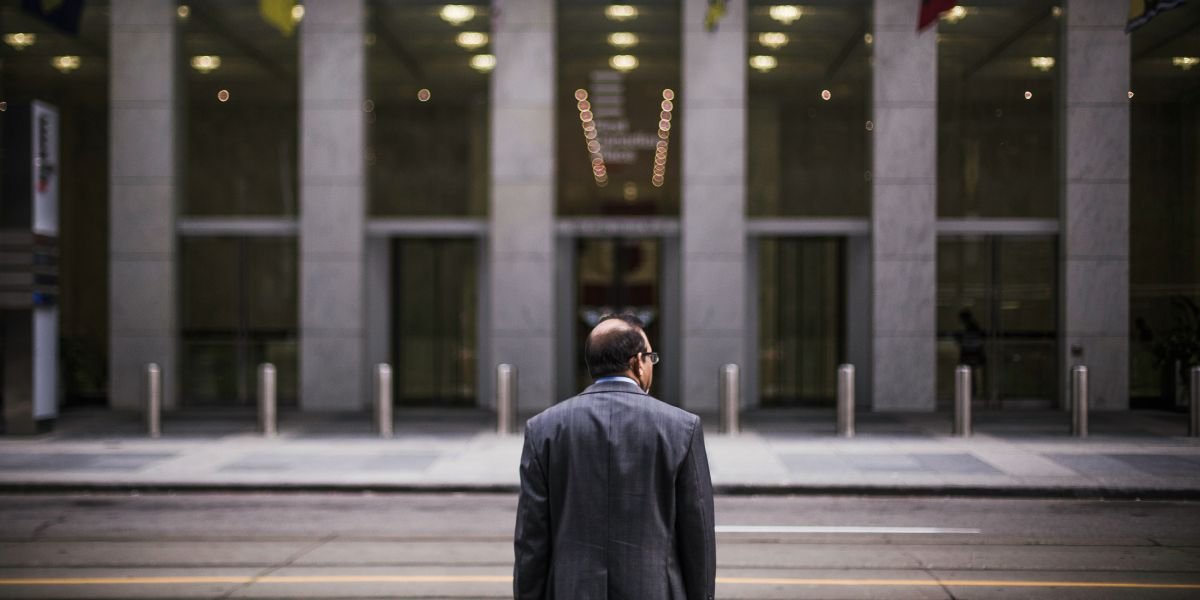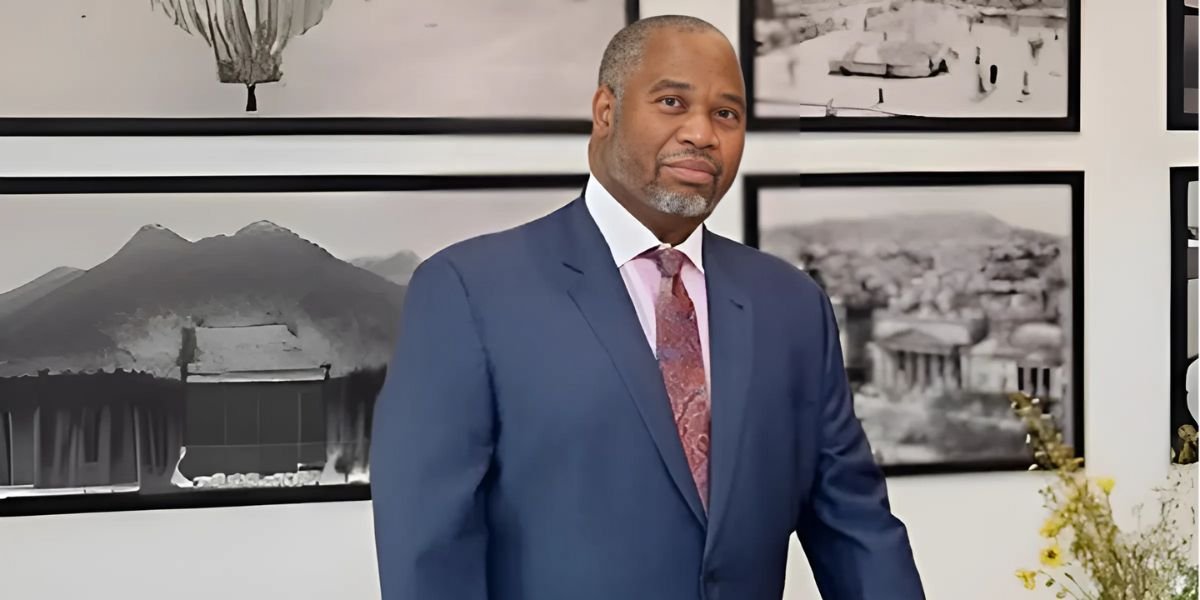Hollywood has seen a growing trend of rebooting classic films from the 1960s, and these projects have created significant excitement among both nostalgic audiences and new generations. Whether it’s the nostalgic appeal, modernization efforts, or star-studded casts, 1960s reboots are generating plenty of buzz. Below, we explore the major factors driving the excitement around these reboots.
Nostalgic Appeal and Audience Attraction
Tapping into Classic Audiences
Rebooting films from the 1960s taps into a sense of nostalgia for older audiences who experienced these films during their original release. For many, these reboots evoke fond memories of watching iconic films like Beetlejuice and The Thomas Crown Affair. Studios recognize that revisiting beloved classics can create an emotional connection, ensuring that older audiences feel a strong pull toward theaters when these films are released.
Expanding to New Generations
The strategy behind reboots is not just to cater to older fans but also to introduce these iconic stories to younger generations. By modernizing the visuals and updating the narrative, studios are able to create films that appeal to a broad audience. For example, films like The Thomas Crown Affair and Transformers One refresh the original concepts with contemporary relevance, captivating both longtime fans and new viewers.
Modernization of Themes and Visuals
Updating Social Context
The 1960s were marked by major cultural and political shifts, and many reboots aim to modernize the themes of these classic films to reflect today’s social climate. Issues like gender equality, diversity, and racial representation are increasingly incorporated into these reboots, ensuring that the films resonate with contemporary audiences while maintaining the core elements of the original story.
Technological Enhancements
Advancements in filmmaking technology allow reboots to offer a visually superior experience. Films that originally relied on practical effects can now use CGI and high-definition sound to deliver dynamic, immersive storytelling. A great example of this is Transformers One, which benefits from modern animation technology to revitalize the franchise. These enhancements make reboots more visually appealing to new generations while adding a fresh layer of excitement for long-time fans.
Star Power and High-Profile Casting
Big Names Attached
One major factor driving the excitement around 1960s reboots is the casting of A-list actors. For instance, Michael B. Jordan is set to direct and star in a reboot of The Thomas Crown Affair, which immediately generated buzz due to his star power. Attaching big names to these projects not only brings credibility but also draws audiences who follow these actors.
Diversity in Casting
Reboots often update casting choices to better reflect today’s diversity. By casting actors of different races, genders, or ethnicities, studios make the stories more relevant to modern audiences. These reimagined characters help reboots appeal to a broader, more global audience. In many cases, gender-swapped or more diverse characters breathe new life into classic stories, making them feel fresh without losing their original appeal.
Cult Following and Fan Support
Strong Fan Base from Original Films
Many 1960s films have developed cult followings over the years, and these fanbases eagerly anticipate reboots of their favorite classics. Films like Beetlejuice 2 have generated excitement among longtime fans who have waited years for a continuation of the original story. This established fan loyalty is crucial for the early success of reboot films, and studios often release nostalgic trailers to stoke anticipation.
Leveraging Social Media for Buzz
Social media has become a key tool for amplifying the excitement around reboots. Teasers, cast announcements, and behind-the-scenes content shared on platforms like Twitter, Instagram, and YouTube help build hype long before the film is released. Fans also contribute to this buzz through discussions, speculation, and fan art, making these projects highly visible online.
Risk of Reboot Fatigue
Saturation of Reboots in Hollywood
While 1960s reboots generate a lot of excitement, Hollywood’s growing reliance on remakes and sequels has led to concerns about reboot fatigue. With so many reboots being produced, some audiences worry that the market is becoming oversaturated with recycled content. Studios are under pressure to ensure that these films provide something fresh and innovative to justify their existence, or they risk underperforming at the box office.
Balancing Originality with Loyalty
Another challenge is finding the right balance between staying true to the original while offering a fresh take. Fans of the original films may be disappointed if a reboot strays too far from its source material, while newer audiences may demand more relevance and modernized storytelling. Reboots like Beetlejuice 2 aim to strike this balance by keeping the quirky spirit of the original while updating the visuals and narrative to engage today’s viewers.
The buzz around 1960s reboots is fueled by a combination of nostalgia, modernization, and high-profile casting. By appealing to both longtime fans and new audiences, these reboots successfully capture the excitement of classic storytelling while adapting to the expectations of today’s cinema-goers. However, the challenge remains for filmmakers to strike the perfect balance between honoring the original films and bringing something new to the table, ensuring that these reboots remain relevant and exciting in the modern film landscape.








